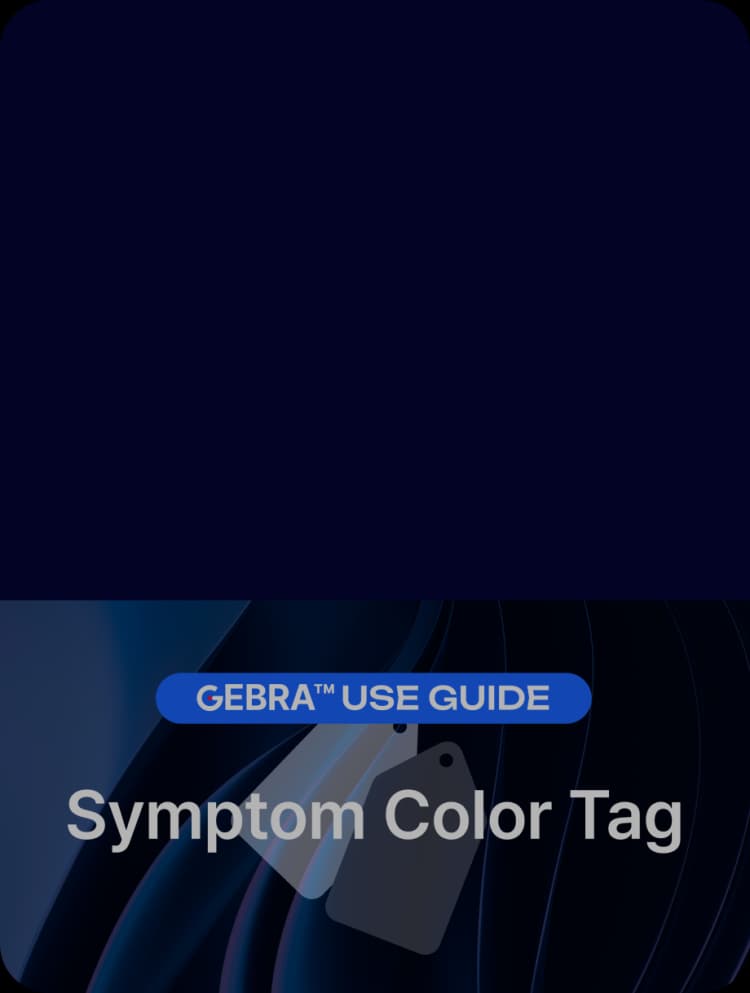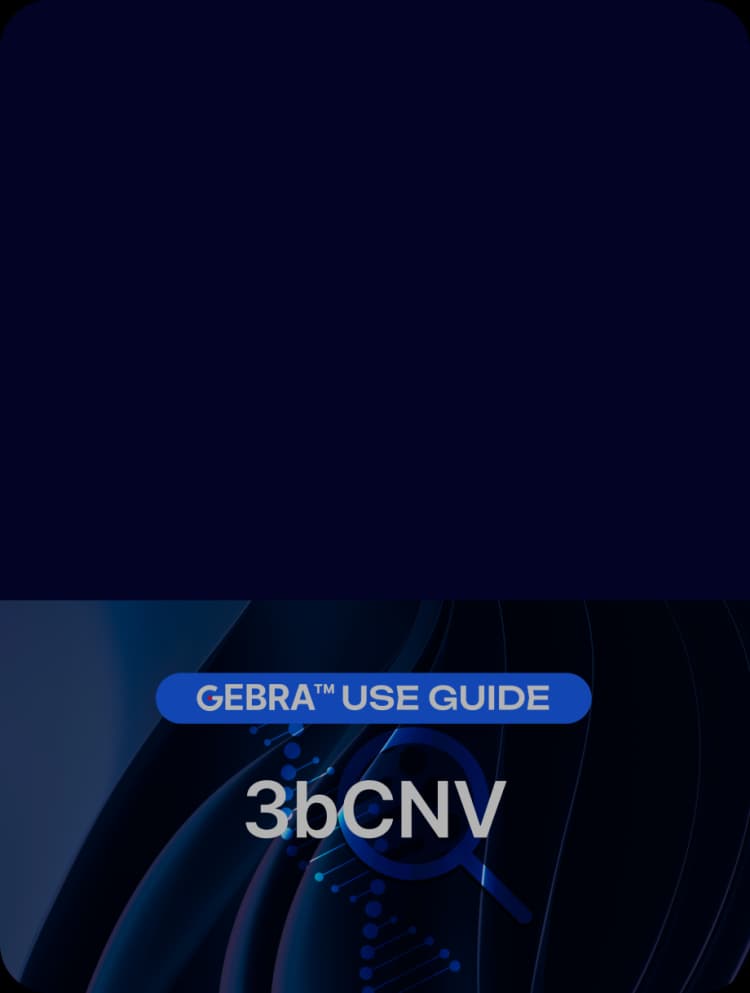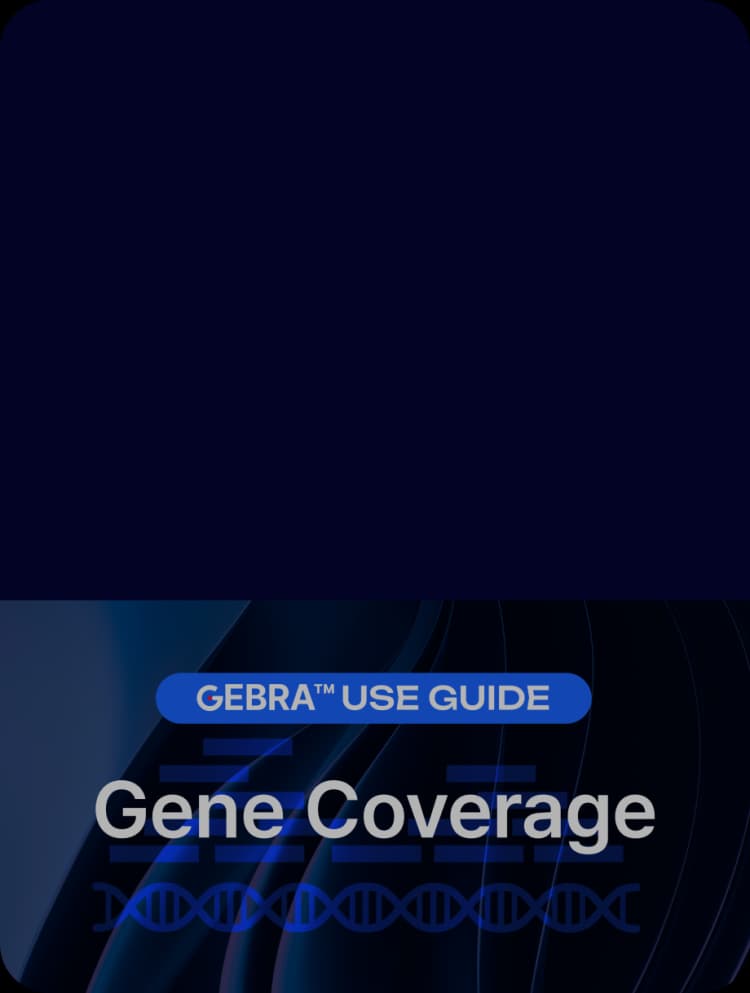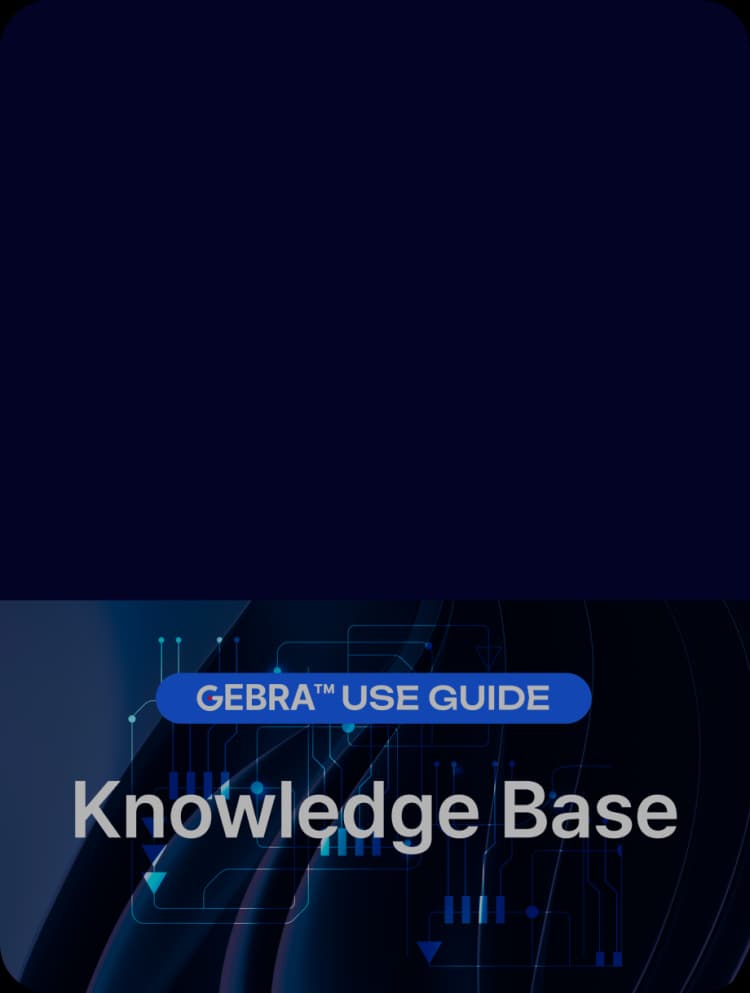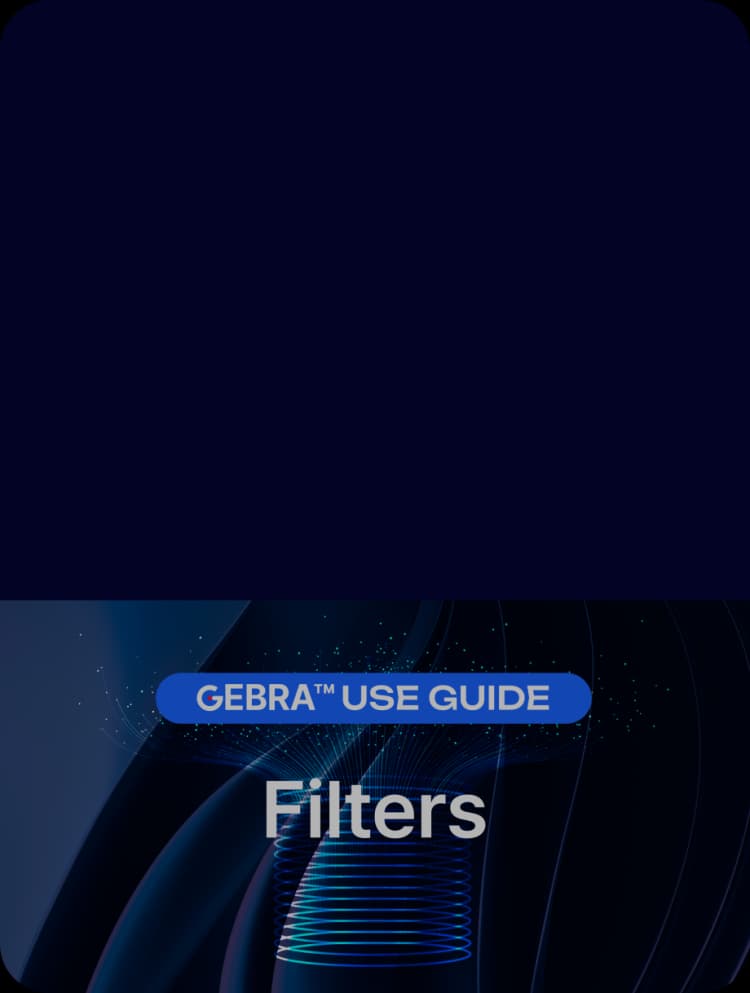GEBRA™ Use Guide: Symptom-driven Update — When Phenotypes Evolve, Your Shortlist Should Too
- Product | 25. 10. 28

“My patient’s symptoms changed.”
Familiar story: an infant first presents with developmental delay and hypotonia. Months later, the echo shows dilated cardiomyopathy. In traditional pipelines, that means kicking off a new request, re-uploading a VCF, re-filtering, and waiting—while treatment decisions pause.
Symptom-driven Update was built to remove that lag. Update the phenotype; GEBRA updates the variant ranking—automatically.
What it does

- Edit symptoms (HPO) on the sample page (✏️ icon).
- Save.
- 3ASC immediately reprioritizes variants based on the updated phenotype. No new upload. No manual rebuild of filters. Results refresh in seconds—right in your 3ASC view.
Why it matters: Diagnosis is a moving target. As the phenotype clarifies, your shortlist should, too.
A concrete example of symptom-based update

1. Initial phenotype: developmental delay + hypotonia → WDR45 prioritized; PEX6 around rank 5.
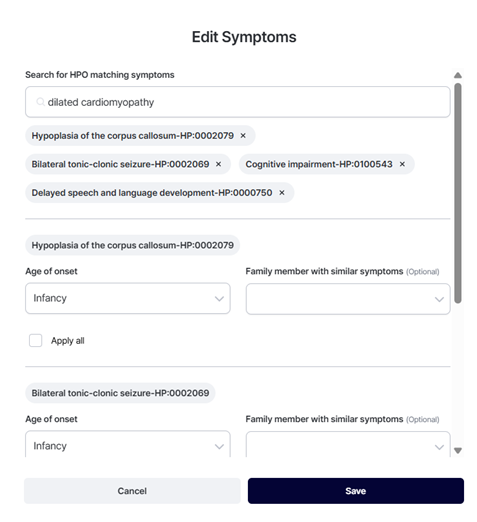
2. Add new symptom: dilated cardiomyopathy.
3. Effect: TTN rises in priority due to phenotype–gene association; the shortlist updates instantly for review.

This is not a new end-to-end run; it’s a phenotype-aware reprioritization that brings the most plausible candidates to the top—fast.
The updates you get with one click
When HPO changes, GEBRA recalculates:
- Phenotype–genotype matching (HPO-based)
- Inheritance consistency with the clinical picture
- ACMG/AMP evidence scoring refresh
- False-positive risk signals (e.g., artifact-prone regions)
You get a refreshed, evidence-backed order of candidates while retaining full explainability for boards and reports.
Workflow impact
| Step | Before | With Symptom-driven Update |
| Add/modify symptoms | New analysis request | Inline update on the sample |
| Get updated shortlist | Queue + wait days | Seconds, inside 3ASC |
| Cost | Often additional reanalysis fee | Free within the same sample |
| Explainability | Manual cross-checks | Evidence refreshed alongside rank order |
Result: faster feedback to patients, fewer administrative loops, and an interpretation that keeps pace with the case.
When to use it?
- New clinical features emerge (e.g., seizures, cardiomyopathy, neuropathy).
- Atypical presentations where the initial shortlist doesn’t fully explain the phenotype.
- Follow-up visits where longitudinal data sharpen the clinical picture.
If 3ASC gives you speed, Symptom-driven Update gives you timing—keeping the ranking current each time the phenotype evolves.
It only takes seconds to get started
- Open the sample → click ✏️ Edit symptoms.
- Search/add/remove HPO terms → Save.
- Review the updated High/Mid tiers in 3ASC and proceed to evidence review or reporting.
Pair it with these GEBRA tools 🛠️
- 3ASC: AI-powered prioritization you can trust for a fast, transparent shortlist. (Take a look at 👉 the ‘GEBRA Use Guide : 3ASC.’)
- Filters: If the updated shortlist still feels incomplete, dive into VUS with targeted filters.
- Knowledge Base: Leverage prior cases (VariantsDB/ReportedDB) to see how similar variants behaved across your cohort.
- Gene Coverage: Confirm that critical genes were adequately covered before calling a confident negative.
Learn More
Discover how GEBRA’s integrated interpretation system combines AI and human expertise.
Do you find this post helpful?
Click the button below to copy and share the link.

3billion Inc.
3billion is dedicated to creating a world where patients with rare diseases are not neglected in diagnosis and treatment.

